History of the Helsinki Camera Club
1921 Amateur Photographers of Helsinki (Helsingin Amatööri-Valokuvaajat) was founded March 2nd 1921. There were 14 founding members, all male. Erland Piirinen was elected chairperson. By the end of the year, there were 56 members.
1922 German Arthur Ranft visited the Club and held a course on bromide oil picture preparation. Membership at the end of the year was 98.
1923 122 members in April – 13 of whom were women.
1925 The Club (HAV) challenged AFK (Amatörfotograklubben i Helsingfors) to compete for a challenge cup. The Club won it for the third time in 1930 and was given the cup to keep.
1926 The Club started to edit its Photography Magazine (Valokuvaus-lehti) which was, published by Finland’s Photography retailers’ association (Valokuvauskauppiaiden yhdistys).
1927 A competition started with the Estonian Photo Club (Eesti-Foto-Klub). This ended in 1931, EFK won.
1928 In January, an exhibition at the Ateneum Art Museum featuring HAV-EFK competition pictures.
1929 Light and Shade (Valoa ja Varjoa, an illustrated work was published. HAV started to use the name Camera Club (Kameraseura).
1930 Photo exhibition in Taidehalli with other organisers, AFK and Finland’s Photographer’s Union (Suomen Valokuvaajain Liitto). The exhibition also included photographs from Sweden, Norway, Denmark, Estonia, and Germany.
1931 The depression was starting to have an effect. Last issue of Photography Magazine was published in December.
1932 Finland Camera Clubs’ Union was founded in November. There were 5 founding Clubs.
1933 The Club members were successful at the Milan exhibition.
1935 Aarne Pietinen was elected the chairperson of Finland’s Camera Clubs’ Union (and continued in office until 1946).
1936 Great Prize competitions were started. First winner, Georg Tschernochvostoff.
1937 Eino Mäkinen won the Great Prize competition.
1941 20th anniversary exhibition at Kumlin Taidesalonki.
1942 Finland’s collection won the Zagreb exhibition’s first prize. No meetings due to the war.
1943 The meetings started again. 30-60 participants. Air raids sometimes disturbed the meetings.
1944 The air raids were more frequent in the spring, but there were 15-30 members at the meetings. When the war was over in the autumn, the number of attendees went up to 60.
1945 In January, the Cinema section was founded. In March, the highest number of attendees so far was reached, 79 members. The Beginners’ section started in May.
1946 25th Anniversary exhibition at the Stockmann department store. Sweden, Norway, Denmark and the Soviet Union had their own collections amongst the 200 photos on show. Camera Art (Kameran taidetta), an illustrated work was published. Santeri Levas won Great Prize competition for the third time.
1947 The Beginners’ section became the Study Group.
1950 The Camera Club started publishing Camera Magazine (Kameralehti). Eero Raviniemi was selected as editor. The Club published Helsinki, light and shade (Helsinki, valoa ja varjoa ), an illustrated work.
1954 The ”Shoe lace club” (“Kengännauhakerholaiset”, former Cinema section) founded its own club ”Cinefilmers” (Kaitaelokuvaajat).
1955 1st Helsinki Exhibition of Photographic Art at the Stockmann department store.
1956 P.K. Jaskari was chosen as the editor of Camera Magazine (and continued in office until 1983). He also won the Great Prize competition for the third time.
1957 2nd Helsinki Exhibition of Photographic Art.
1958 The Colour Club started. Pauli Oulasvirta became the sub-editor of the Magazine and also the ‘executive director’ of the Camera Club.
1959 The Club started publishing Camera Club News (Kameraseuran Uutisia). 3rd Helsinki Exhibition of Photographic Art. The Family of Man exhibition was held at Taidehalli
1961 Helge Heinosen won the Great Prize competition for the third time.
1962 Finland’s collection won the FIAP World Cup. Half of the 20 photographers were members of Camera Club. 4th Helsinki Exhibition of Photographic Art.
1963 The Girls’ Club was started (ended in 1979). ”Mother hen” was Hili Raviniemi. The Camera Club and Camera Monthly rented their own premises at Kalevankatu 21 (and remained there until 1983).
1964 Matti A. Pitkänen became the chairperson. In February, there was a new record number of attendees, 150. The Exhibition photographers club was founded. The Youngsters club was started (ended 1970).
1965 Mikko Savolainen won the Great Prize competition.
1966 5th Helsinki Exhibition of Photographic Art. Ismo Hölttö won the Great Prize competition.
1967 The Camera Club held an exhibition at the Wulff store. Eero Venhola won the Great Prize competition.
1968 6th Helsinki Exhibition of Photographic Art.
1970 Reijo Porkka won the Great Prize competition for the third time.
1972 Kalevi Pekkonen became Camera Magazine’s sub-editor (retired as the managing director 1988).
1976 Jukka Male won the Great Prize competition. The number of members went up to over 600
1978 Over 700 members.
1979 Over 800 members.
1980 Over 900 members.
1982 The Club built a new meeting and laboratory premises at Runeberginkatu 36. The Thursday section started (ended 1986). 7th Helsinki Exhibition of Photographic Art.
1983 Pekka Potka became the editor of the Camera Magazine.
1984 Pekka Punkari became the editor of the Camera Magazine.
1985 Eastern Cameras (Itäkamerat) started their meetings. Veikko Wallström won the Great Prize competition for the third time.
1987 The I-club was started (ended 2001).
1991 Group 164 (women’s’ club, ended 1997) and the Youngsters’ club (ended 1993) were started. Asko Vivolin become a reporter for the Camera Magazine.
1994 Anders Petersen workshop for Club members.
1996 1st Helsinki International Exhibition of Creative Photography at Finlandia house.
1997 First Aita exhibition at the Railway station.
1999 The Digiclub was founded. Flash event at Lasipalatsi.
2000 The Persona group started.
2002 Brand new premises were opened at Lastenkodinkuja 1.
2008 The International Evenings started.



